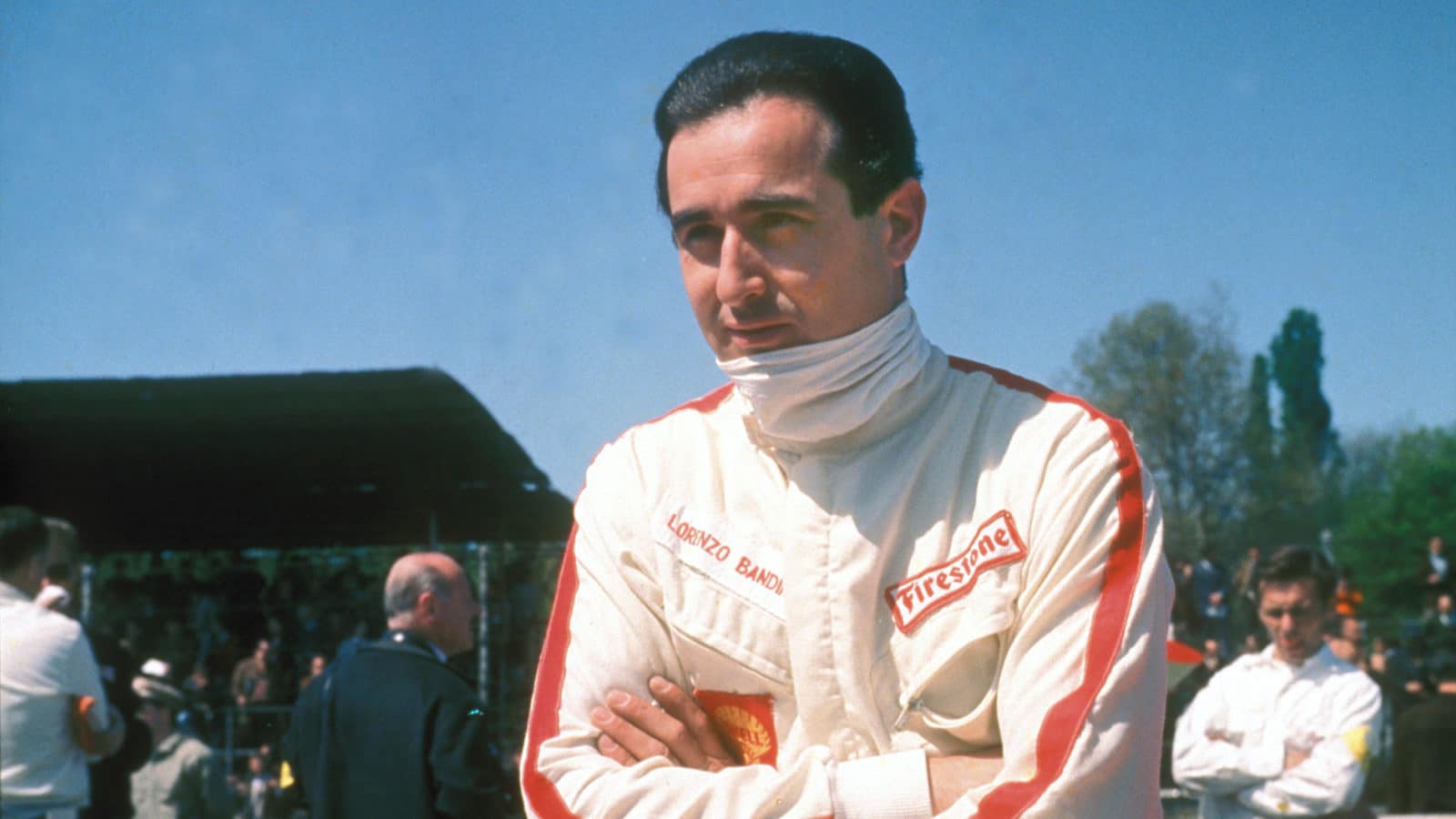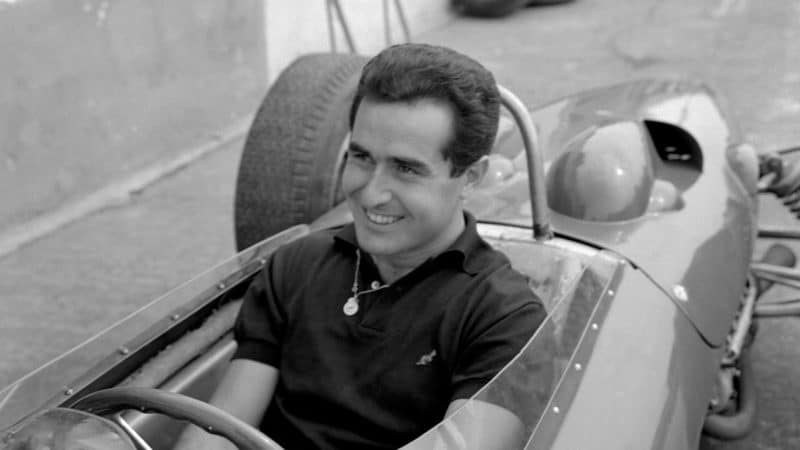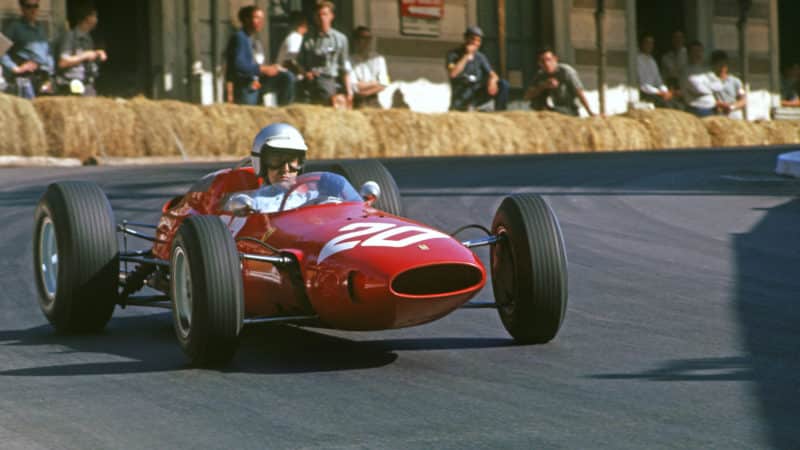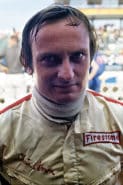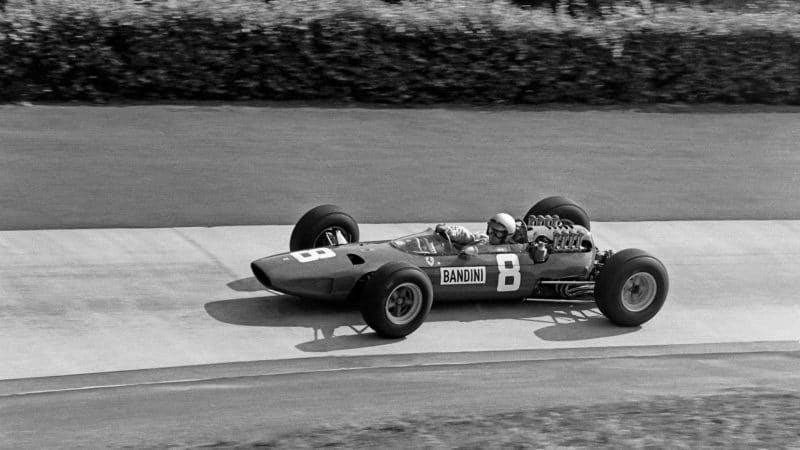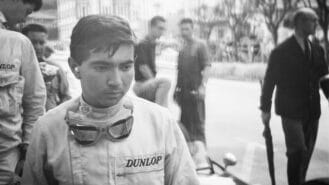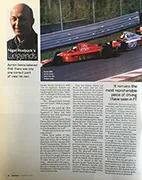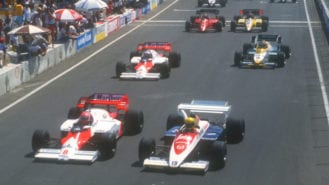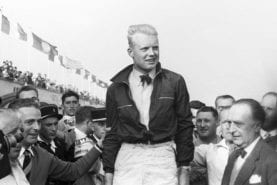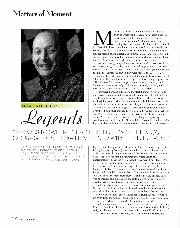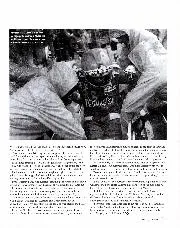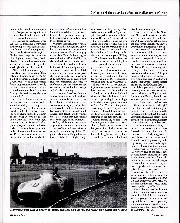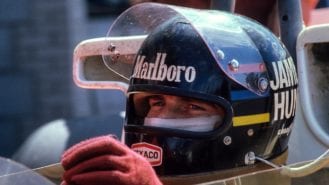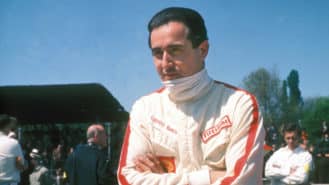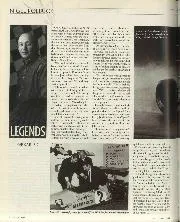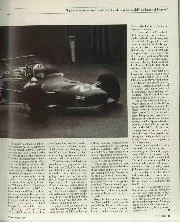It was exactly the procedure followed, a year earlier, in the making of the movie Grand Prix, when ‘Scott Stoddard’ crashed at the chicane. Bandini ironically, had been among the drivers involved in the filming of the scene.
Although somehow alive on arrival at the hospital, he was clearly not going to survive, with third-degree burns over 70% of his body, as well as serious internal injuries. “Without the other injuries, maybe there was a chance he would have made it,” Amon murmured, “but… it was probably better that he didn’t.”
The two friends had been due to fly to Indianapolis the following morning, for both were contacted to drive in the 500. Amon stayed in the Principality an extra day, then left on the Tuesday. The following morning he turned up for his first test at the Speedway, and was there told that Bandini had died.
“It wasn’t unexpected, but still it shook me. I went out, and was running quite quickly when a rear upright broke. The car went into this terrifying spin for 300 yards or so, and finally hit the wall. It went on a long time, and everything was flashing through my mind at that point. I always hated Indianapolis after that.”
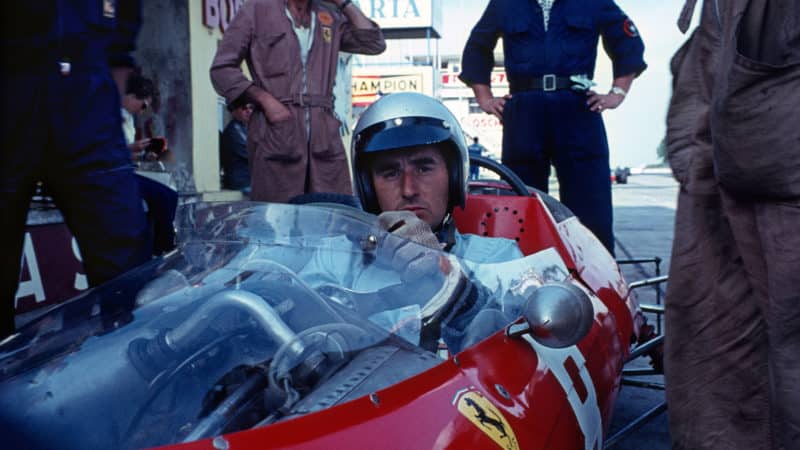
Badini’s gentlemanly demeanour belied a steely desire to win
Grand Prix Photo
It was Amon’s first season with Ferrari, and he had been wary of Bandini at first, suspecting that this proud Italian, team leader at last after years as number two to John Surtees, might resent another foreign driver. “In fact,” said Chris, “he was utterly charming, one of the nicest people I’ve ever met. And as a driver, I’ve always thought he was on the point of greatness.”
Bandini, handsome and charismatic, was not from a monied background. His father had been a mechanic, and Lorenzo followed the same trade, working in Milan for a garage owner who encouraged his ambitions to race, and occasionally lent him cars. By 1959 he was into Formula Junior, and two years later began his Formula 1 career with a Scuderia Centro-Sud Cooper-Maserati.
In 1962 came the offer from Ferrari, however, and it was with Enzo’s cars that Bandini became synonymous. He won the Austrian GP in 1964, and many sports car races, including Le Mans and the Targa Florio. At Monaco he was second to Hill in 1965, to Stewart the following year. By 1967 everything seemed in place. At 30, he was Ferrari number one. Partnering Amon in the 330P4, he won both the Daytona 24 Hours and the Monza 1000 Kms, and in the latest V12 F1 car finished a close second to Dan Gurney in the Race of Champions at Brands Hatch. His wife Margherita, the daughter of his former mentor, awaited the birth of their first child.
So Bandini came to Monte Carlo, his favourite race, and one he felt this year was his. After qualifying second to Jack Brabham, he led the race initially, then followed Brabham’s team-mate Hulme, whom he was trying to catch when the accident came.
